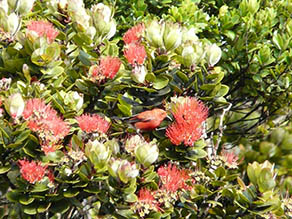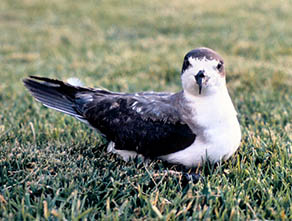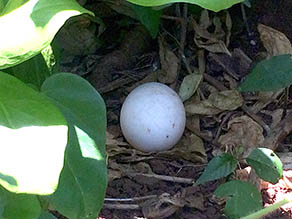 |
 |
 |
|||||
|
Endangered Birds: 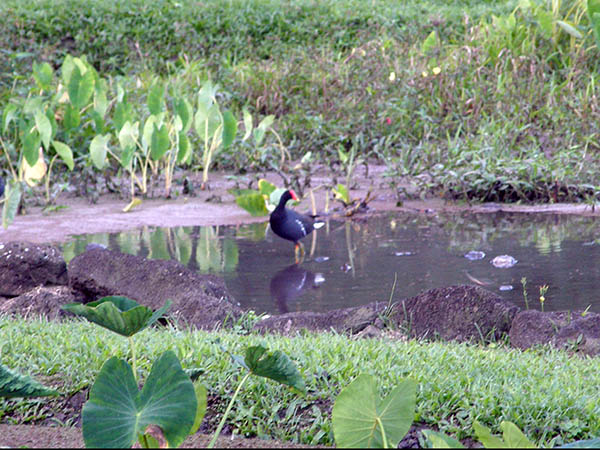
|
|
“The shore birds seem to be doing okay,” Kawika says, “But everything else seems to be in trouble. A lot of birds experience declining habitat. The red beaked moor hens—the ‘alae ‘ula—doesn’t even show up in the fossil record until after the Polynesian period. That doesn’t mean that they weren’t here before that, it just means their habitat was so limited that they didn’t end up in the fossil record. So once Hawaiians came and converted the valley floors to these huge flooded plains, it exponentially increased the habitat for the species, so they’re all over the place. Instead of these little riparian areas, you ended up with this huge, extensive habitat, then they started showing up in the fossil records. “That is a really great example of how human management of areas have increased bird populations. So many times the only narrative is that whenever humans do stuff, it always messes up things. But the history of Hawaiian resource management is filled with examples of how human management has increased the abundance of these otherwise rare things in the system.” 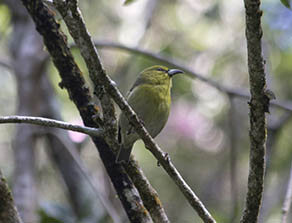
“As for the forest birds, our reforestation efforts in the lowlands are kind of built on the theory that ‘if you build it they will come.’ A lot of the species of honeycreepers are developing resistance to diseases on other islands. We haven’t really seen it yet here on Kaua‘i. So the hope is that if the birds on Kaua‘i follow the trend of the birds on the other islands, they too will develop resistance to the diseases. But when they try to re-colonize the lowland, they’re not going to recolonize the forest of invasive species. They’re going to only be able to recolonize healthy native forests. And that’s what we’re trying to do with the reforestation efforts. It’s not only about the plants but about the habitat it provides for the birds as well. “The importance of thrushes in the forest is that they were the seed dispersers. They were the ones that would eat seeds and disperse it in the forest. The dispersers are really the ones that are responsible for the structure and the diversity of the forest. So when you start to lose the dispersers, your forest composition over time will change. Because the seeds aren’t getting out anymore. And so as those trees die, they’re not being replaced. They’re being replaced by other trees and things are going to start shifting.” “There are some native forest birds,” Merlin adds, “but it’s not really high enough for a lot of the forest birds, actually. In general they are kind of restricted now to like the very, very top of the island. It’s really sad because of avian malaria, it’s carried by mosquitoes and so there is a mosquito line at around 4,000 feet, where it gets too cold. And Kaua‘i is only 5,100 feet high, so there’s about 1,000 feet where the really rare forest birds are persisting. But we do get some really cool birds—we get apapane and ‘elepaio. Actually we see quite a bit of them. They are showing some signs of resistance to avian malaria, which is really cool. Moreso on Big Island than here, but I think we are starting to see it here too. Then we have a lot of pueo and occasionally we’ll see koloa, the native duck.” “The Newell Shearwater and Hawaiian petrel—the ‘a‘o and the ‘ua‘u—are really critically endangered nowadays for two reasons,” Kawika explains. “One is the lights and the power lines that will kill the birds. On all the other islands that have lights and power lines, they have mostly gone extinct. I grew up on O‘ahu and I remember in that if you drove through Waimānalo early in the morning, you saw these run-over birds. And that’s what those were, and they’re all gone on O‘ahu now. So here on Kaua‘i—and here in Limahuli—is one of the few places we have both species in the upper forest which are still living. “These birds spend of most of their life out at the sea, but then when it’s breeding time, they’ll go back to their same burrow in the mountains as a breeding pair for life. They lay one egg a year, and then this little ball of puff grows up in a little burrow in the ferns and the mountains. Then when that bird fledges, it flies out to sea for the first time and its evolutionary instinct is to follow the light of the moon. It just follows the light of the moon,. “Then it sees a street light, and it’s never seen a street light before and it’s instinct is telling it to follow the light. So it just basically flies in circles around the light. This is a young bird that has never eaten a fish for its own, only fish that has been fed by its parents regurgitating food into it. It doesn’t have all that much energy or strength and it just flies in circles until it falls out of the sky in exhaustion. Then it hits the ground and a cat or dog will eat it, or a car will run it over. Either way, it’s going to die. So the fledglings get confused by the light. “And then the parents, who already know how to navigate everything, as they’re flying back into the mountains, but the power lines are right in their flight path. So they hit the power lines and get downed, and same thing: cat, dog or car will take them out. “Those are the ones that are critically endangered, and being that this side of the island has the fewest lights and the fewest power lines, we still have populations and we’re trying to get those birds back with help of mitigation money from the utility company because their take of endangered species makes them have to pay money to have healthy populations. We work a lot with them. “Then on the ecological side, we always talk about the relationship between the lands and the ocean and the health: if the land is healthy, the ocean is healthy. If the land is sick the ocean is sick. But then here’s an example of the reciprocal relationship: if the ocean is sick, then the land will be sick, because a lot of these birds will go out to the ocean but they can’t find food—either because the fisheries are collapsing and there’s not enough food in the ocean, or they’re getting stuck in nets, or global climate change is shifting the upwelling in the oceans. “The ocean has these upwelling events that bring up the nutrients from the bottom into the photic zone, then you have this amazing abundance of life because you have a lot of phytoplankton and a lot of baby fish, and a lot of big fish, and all these birds. So with global climate change, you are having these upwelling places shift. And if all the birds are going to this place to find food and there is no food, then they’re going to die in the ocean and not come back. That’s another thing contributing to their collapse. 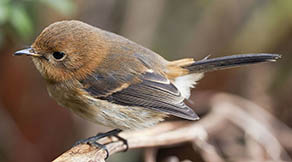
“These birds’ role in the forest is to cycle nutrients—phosphorous in particular, but also nitrogen. The phosphorous cycle is such that if phosphorous only ever moves downhill. And the only reason there is phosphorous anywhere on land is because of geological upwelling that brought it up from the bottom. So for example, the Himalayas are coming up and phosphorous is leeching down, but not going back up. And so the same thing with our islands: the volcanoes brought the phosphorous up, and over a time phosphorous is leeching down, down, down and not coming back up. It’s not like the carbon cycle or the nitrogen cycle where it moves throughout the system. The only thing that is cycling phosphorous back into our forest is the seabirds, because they eat fish out of the ocean—which are high in phosphorous—and they go up into the mountains and poop it out. And that’s the fertilizer for our forest. So our forests have evolved in the context of millions and millions of seabirds pooping out phosphorous in the mountains. 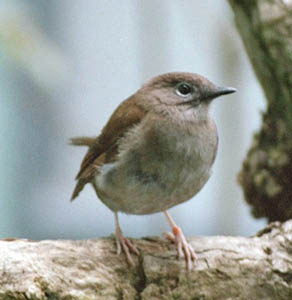
“When you take that nutrient source away from the forest, the forest is going to be struggling because it’s not getting it’s nutrients—it’s not as strong as possible. Now you have a forest that’s already weakened, and trying to fight off invasive species at the same time. And it’s going to be harder as long as there’s the nutrient-deficiency state. So the importance of those seabirds is making sure the forest is healthy. And once our forest is healthy, that’s going to better for agriculture. It’s going to retain water more, it’s going to be cycling the nutrients the way we need to. Phosphorous will be leeching down making for abundant agriculture and all that. So the seabirds are a really important component of that. But people don’t know about and so it’s something I try and talk it as much as I can. “So birds are critically important and far too often overlooked, both as the value for the function of the forest and for the function of the whole system, including the health of the traditions. Where there is tattooing, and navigation or story telling or kahili or food sources, birds are critical. It’s been far too long since we’ve had healthy bird populations that really—they were healthy enough that people could actually see and feel their role in everything. So that’s one thing we’re trying to get back to.”
|
|||||
|
|||||
|
|||||
